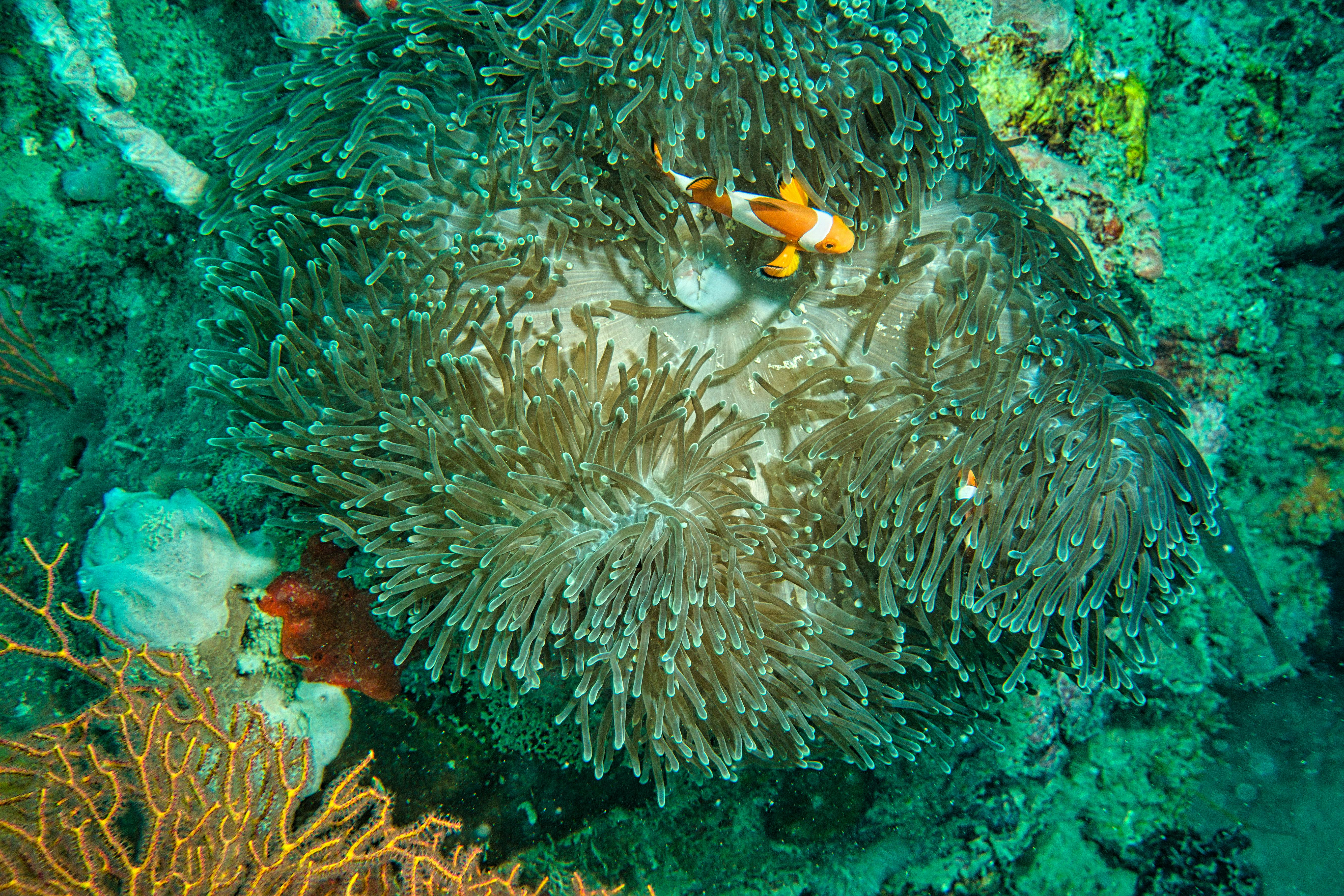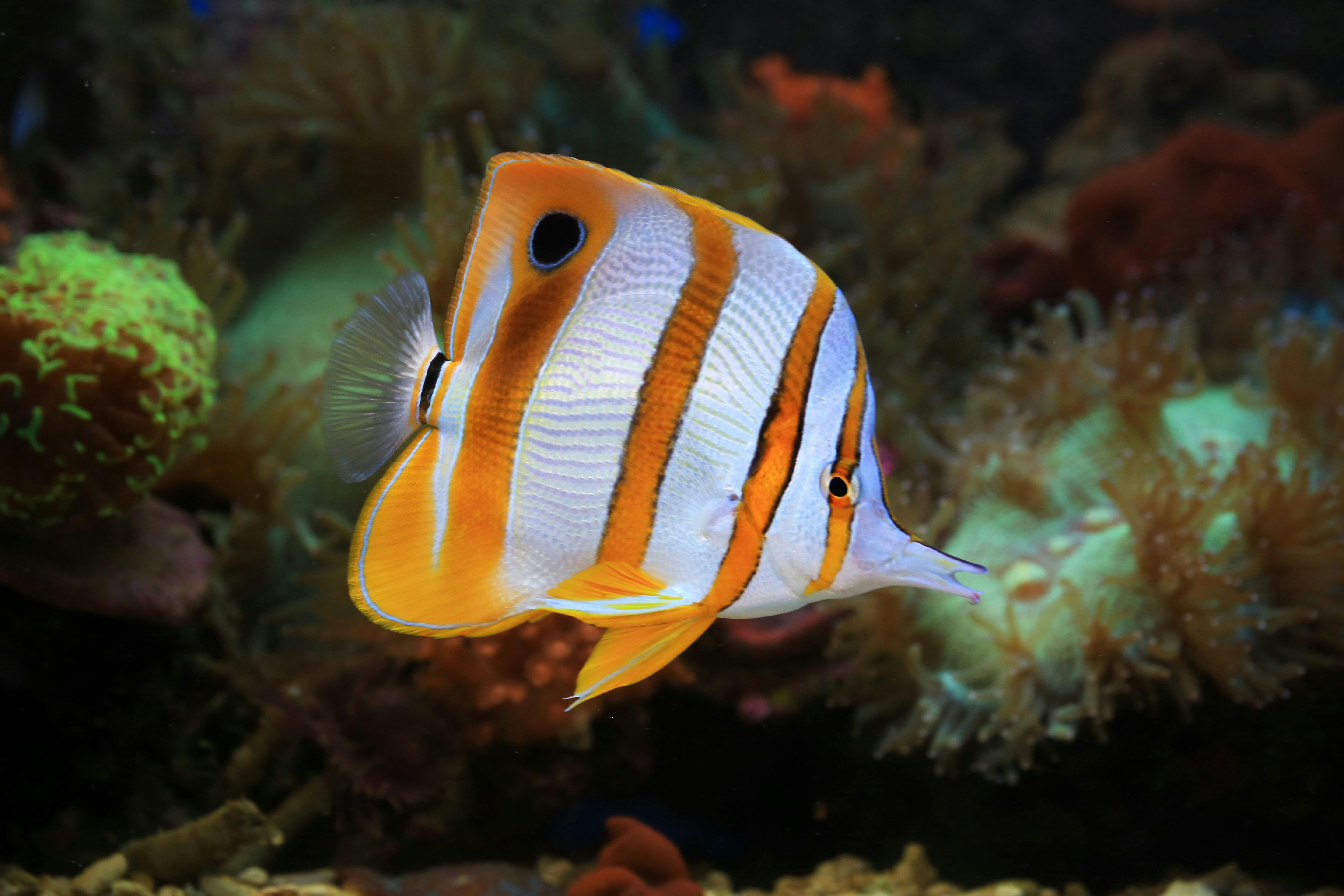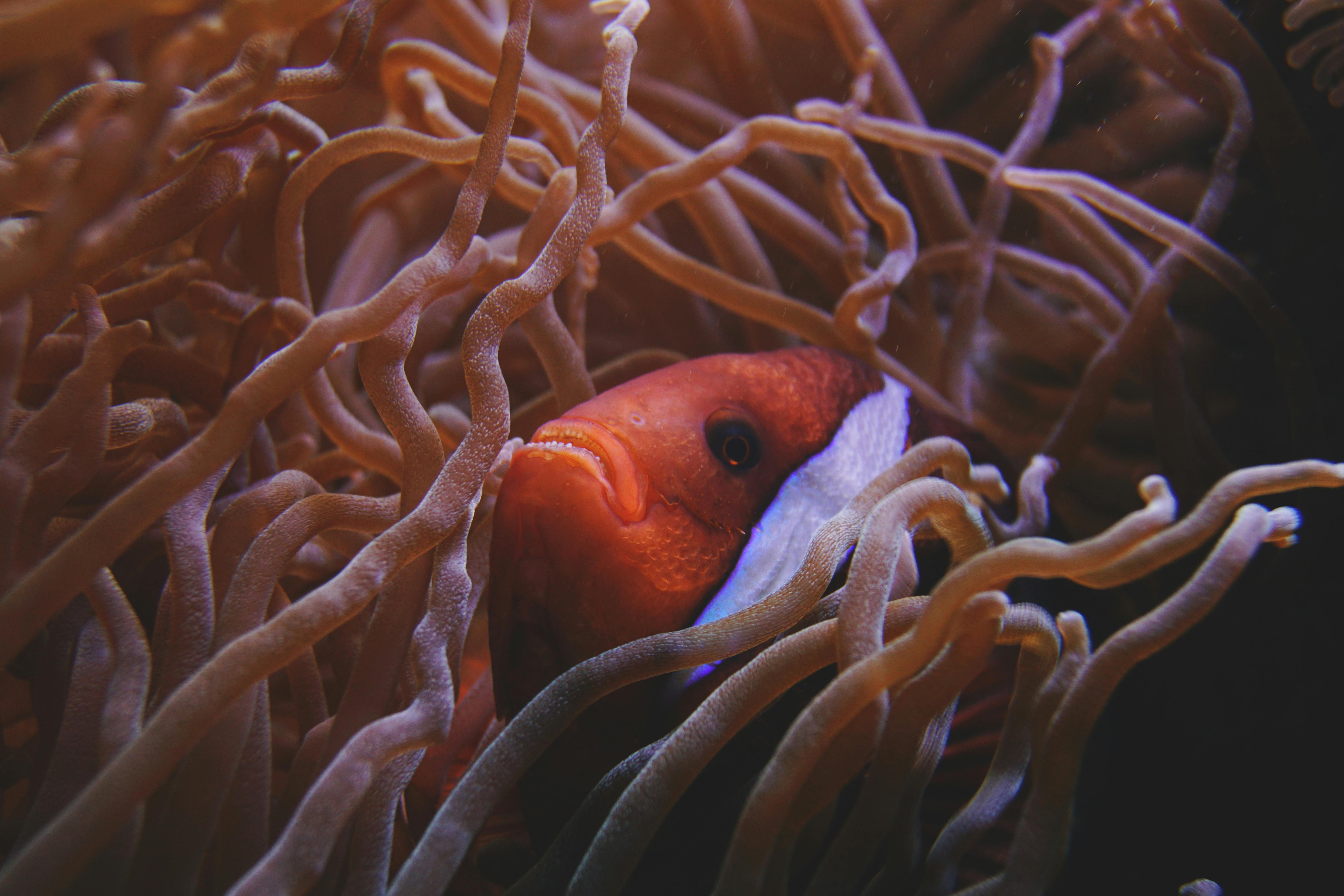Extreme Corals News and Updates
Integrating Reef Safe Fish into Your Aquarium: Tips and Tricks
Harmony Below: Mastering Reef-Safe Fish Integration in Your Aquarium
Dive into the realm of reef-safe fish integration with our expert guide, emphasizing the selection of peaceful species and their dietary compatibility with your aquarium's ecosystem. Explore the benefits of harmonizing these fish with corals and invertebrates, while navigating potential challenges and troubleshooting tips. Uncover the secrets to seamless integration and ongoing maintenance for a vibrant, balanced underwater environment
by scott Shiles • February 26, 2024
Understanding reef safe fish
Reef safe fish are species that can thrive in a reef environment without causing harm to the delicate ecosystem. When selecting reef safe fish for your aquarium, it's important to consider their behavior, diet, and compatibility with other marine life. Here are some key points to keep in mind when integrating reef safe fish into your aquarium:
- Look for fish species known for their peaceful nature and non-aggressive behavior towards corals and other invertebrates.
- Research the dietary requirements of each fish to ensure they are compatible with the needs of your reef ecosystem.
- Be mindful of the size of the fish in relation to the size of your aquarium to prevent overcrowding and potential territorial disputes.
- Consider the compatibility of reef safe fish with other marine life, such as corals, anemones, and shrimps, to maintain a harmonious environment.
By selecting appropriate reef safe fish and understanding their needs, you can create a thriving and balanced reef ecosystem within your aquarium.

Benefits of integrating reef safe fish
Reef-safe fish are compatible with corals and other invertebrates, creating a harmonious and balanced ecosystem in your aquarium. These fish help control algae growth and contribute to the overall health of the reef. Additionally, they add visual interest and diversity to your aquarium, enhancing the natural beauty of the underwater environment.
Planning and research for reef safe fish
Before adding any fish to your aquarium, always research their compatibility with reef life. Look for species labeled as "reef safe" or "reef compatible" to ensure they won't harm the delicate ecosystem. Some fish may eat or disturb corals and invertebrates, so it's important to choose carefully. Additionally, consider the size of your tank and the needs of the specific species you're interested in. Small, peaceful fish like gobies and certain blennies tend to be good choices, while larger, more aggressive species might cause problems. Proper planning and thorough research are crucial to create a healthy and harmonious reef aquarium.
Selecting suitable reef safe fish species
Before adding fish to your aquarium, it's crucial to choose species that are compatible with a reef environment. Here are some tips to help you select reef-safe fish:
- Look for fish known to be reef safe, as they are less likely to harm corals or invertebrates in your tank.
- Avoid predatory or aggressive fish species that may pose a threat to the delicate balance of your reef ecosystem.
- Consider the size of the fish and their dietary requirements to ensure they will not cause harm to corals or other tank inhabitants.
Remember to thoroughly research each fish species and consult with experienced aquarists to ensure a peaceful and harmonious reef aquarium.
Creating a suitable aquarium environment
To create a suitable aquarium environment for reef-safe fish, it's important to consider the following tips and tricks:
- Ensure the aquarium has a stable and appropriate temperature, as reef-safe fish require specific temperature ranges to thrive.
- Use live rock and live sand to create a natural and healthy environment for the fish, as well as to aid in the biological filtration of the aquarium.
- Incorporate a variety of hiding spots and shelters within the aquarium to provide a sense of security for the fish.
- Select fish species that are compatible with each other and with the coral reef ecosystem, taking into account their temperament and dietary requirements.
- Regularly monitor and maintain water quality, including parameters such as pH, ammonia, nitrate, and nitrite levels, to ensure a healthy living environment for the fish.

Introducing reef safe fish to the aquarium
When introducing reef safe fish to your aquarium, it's important to choose species that are compatible with the delicate ecosystem of your reef tank. Here are a few tips to help you seamlessly integrate reef safe fish into your aquarium:
- Introduce new reef safe fish gradually to minimize stress on the existing inhabitants of your tank.
- Observe the behavior of the new fish closely, ensuring they don't display any signs of aggression or attempt to nip at corals.
- Provide plenty of hiding places and refuge for the new fish to help them acclimate to their new environment.
Remember, selecting the right reef safe fish for your aquarium is crucial to maintaining the balance and harmony of your reef ecosystem.
Monitoring and maintaining reef safe fish health
Reef safe fish are the best choice for a healthy and thriving aquarium. Monitoring their health is vital to ensure they thrive. Look out for signs of stress or disease such as loss of appetite, abnormal swimming patterns, or changes in coloration. Maintaining good water quality through regular water changes and a well-balanced diet is essential. Regular observation and quick action can help prevent health issues and ensure a happy, vibrant fish community.
Tips for successful integration
Introducing new reef-safe fish into your aquarium can be tricky, but with the right approach, you can do it successfully. Here are a few tips and tricks to help you integrate new fish into your aquarium smoothly:
- Provide Hiding Spaces: Ensure that there are plenty of hiding spots and territories in the aquarium for the new fish to seek refuge if they feel threatened.
- Introduce New Fish Gradually: When the quarantine period is over, introduce the new fish into the main aquarium slowly. This will help reduce stress and aggression among the fish.
- Observe Aggression Levels: Monitor the behavior of existing fish and the new additions to identify any signs of aggression. It's essential to create a harmonious environment for all the fish in your aquarium.
- Quarantine New Fish: Always quarantine new fish for at least two weeks in a separate tank to ensure they are healthy and free from any diseases before introducing them to your main aquarium.
Following these tips will help ensure a smooth and successful integration of reef-safe fish into your aquarium.
Potential challenges and troubleshooting
Integrating reef safe fish into your aquarium may come with some challenges. Here are a few tips to troubleshoot potential issues:
- When introducing new fish, monitor their behavior closely to ensure they are not bullying or attacking other tank inhabitants.
- Watch for signs of stress or aggression, such as hiding, not eating, or exhibiting territorial behavior.
- Quarantine new fish before adding them to the main tank to prevent the spread of diseases and parasites.
- Provide plenty of hiding spots and territory for each fish to minimize conflicts.
- Ensure the water parameters, such as temperature, pH, and salinity, are suitable for the specific species of reef safe fish.
Conclusion and next steps
When integrating reef safe fish into your aquarium, it's important to remember that patience is key. Slowly adding fish to your tank and allowing them time to acclimate will help ensure the health and well-being of your new aquatic friends. Additionally, remember to regularly monitor your tank's water parameters and maintain a stable environment for your reef safe fish to thrive. As you proceed, consider exploring different species of reef safe fish and how they can complement each other within your aquarium. Happy reef keeping!

